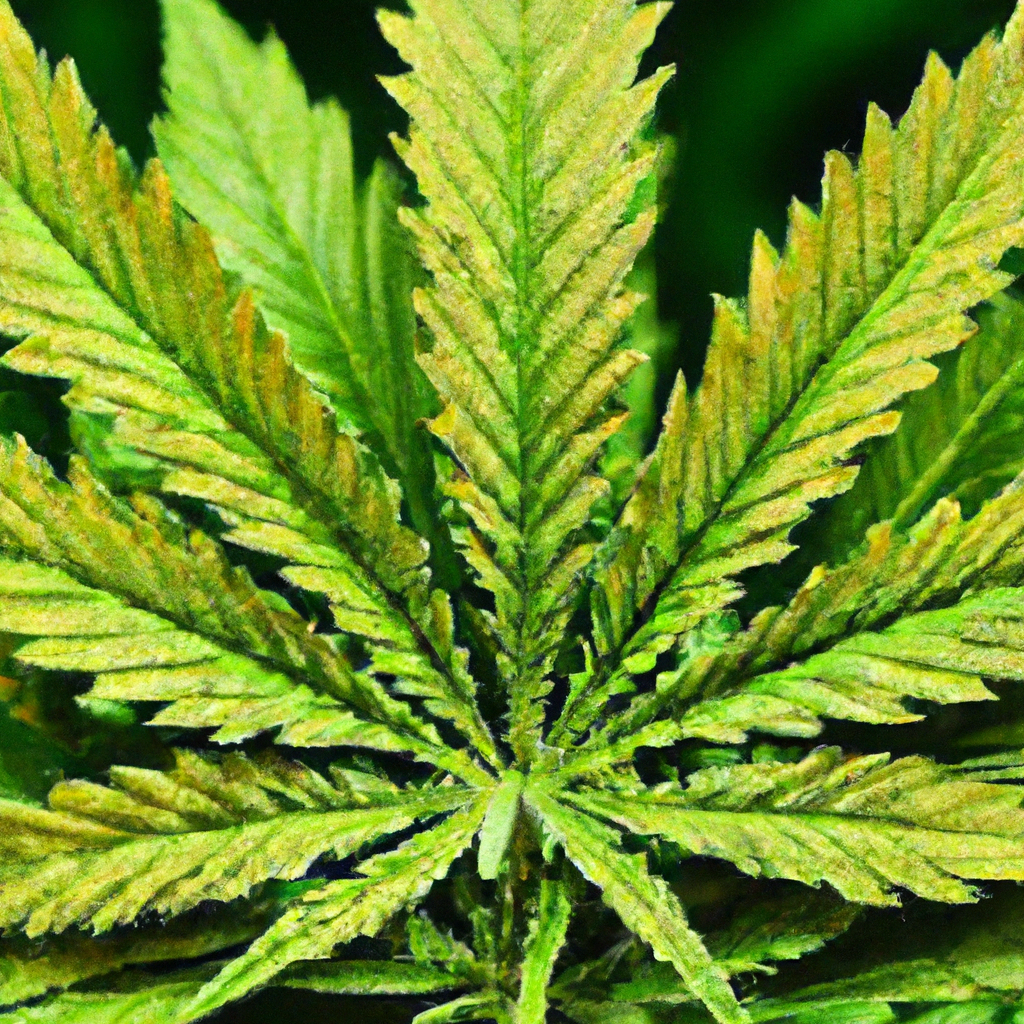Welcome to another enlightening journey with John “Magic” Greenleaf, where we explore the fascinating world of cannabis through the prism of its vibrant colors. While many are drawn to cannabis for its effects, there’s a mystical beauty in its rich hues that tell a story of growth, genetics, and resilience. Let’s dive into how cannabis color can be both an art and a science in cultivation.
Understanding Cannabis Chromatics
Colors in cannabis are more than just a visual treat; they are indicators of the plant’s health, maturity, and genetic diversity. From deep purples to bright greens, these shades are primarily influenced by pigments such as chlorophyll, anthocyanins, and carotenoids. Here’s a closer look:
- Chlorophyll: This is the green pigment crucial for photosynthesis. It generally dominates the color spectrum during the earlier vegetative stages.
- Anthocyanins: Responsible for the stunning purples and reds, these pigments often become more pronounced in cooler temperatures, particularly during the late flowering stages.
- Carotenoids: These contribute yellow and orange hues, commonly emerging as chlorophyll levels diminish.
Leveraging Climate for Color
Based in the unique high-altitude environment of Colorado, I have learned that altitude plays a significant role in cannabis coloration. With greater UV exposure and cooler nights, my plants often display vibrant purple and red hues, mimicking fall foliage in the Rockies. To harness these conditions effectively, consider the following:
- Temperature Control: Gradually lowering night temperatures can enhance anthocyanin production, giving your plants a striking appearance.
- UV Exposure: Higher altitudes offer increased UV light that can intensify pigment development. Proper canopy management ensures all parts of the plant benefit.
Genetic Influence on Color
Coloration isn’t just a product of environment; genetics play a vital role in determining your plant’s palette. When breeding, I specifically select strains that exhibit not only potency and flavor but also unique aesthetic attributes. Here are some examples from my cultivation efforts:
- “Mile High Mystique”: This hybrid is known for its calming effects and beautiful lavender and earth tones, a direct result of its robust genetics.
- “Magic Kush”: A powerful indica, revered not just for its medicinal properties but its alluring deep green and purple flowers.
The Aesthetic and Artistic Connection
For me, cannabis is a canvas painted with nature’s colors. Each cultivation cycle becomes an artistic expression, revealing a tapestry of hues that reflect the meticulous care and environmental adaptations employed. Sharing this vibrant beauty has become as fulfilling as crafting its effects, inspiring me to document every shade and share it with growers and enthusiasts alike.
Conclusion
The colors of cannabis are more than skin deep; they represent a symbiosis of environment, genetics, and grower intuition. Whether you’re a seasoned cultivator or a curious enthusiast, understanding the magic behind these shades can deepen your appreciation of cannabis, enhancing both the cultivation experience and the final product.
Join me on this colorful journey and discover how embracing the native hues of cannabis can transform not just your garden, but your entire perspective on this remarkable plant.


Leave a Reply